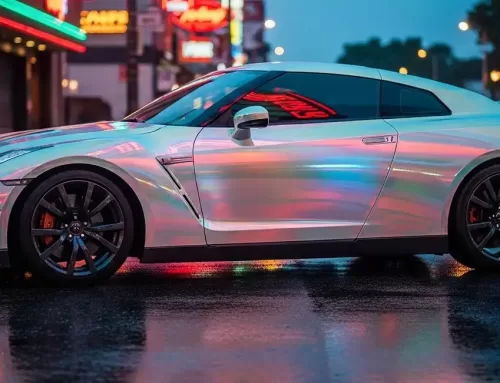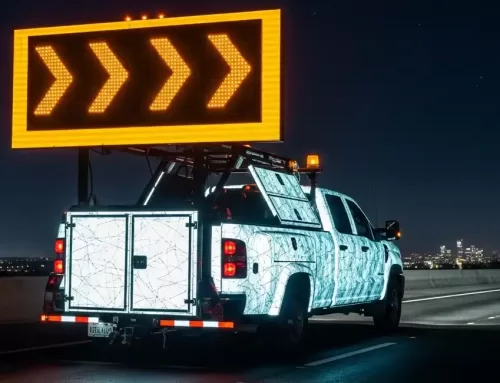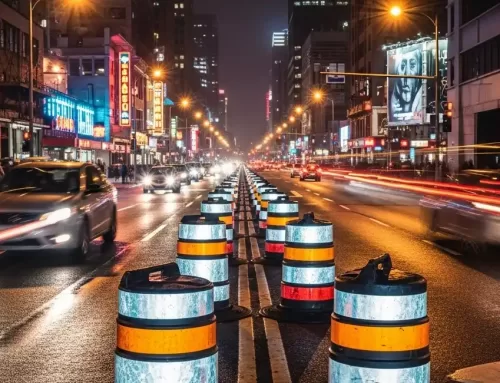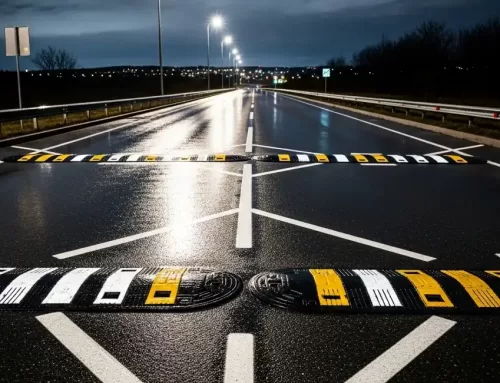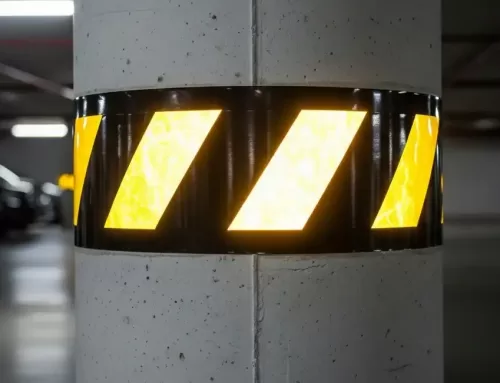Can Reflective Sheeting Be Used in Cold Temperatures?
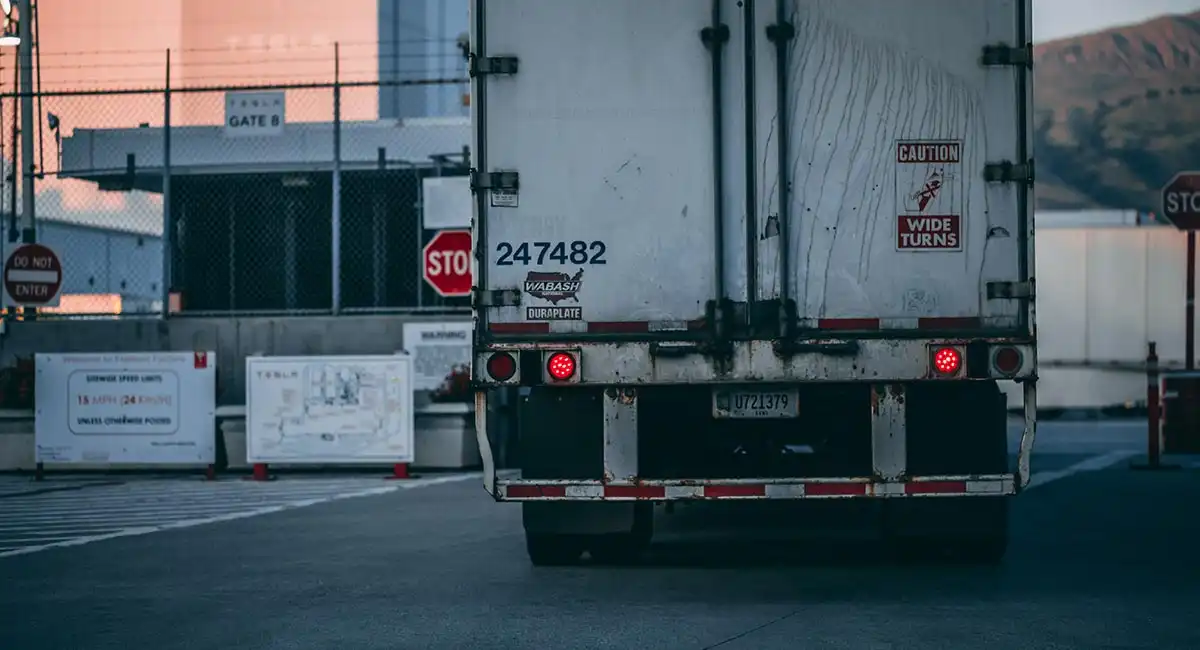
If you are concerned about using reflective sheeting in the winter months, you might be wondering whether you should. The answer depends on what your specific goals are. Some people simply want to use reflective tape to improve visibility, while others want to use it to increase safety. When you are deciding, it is best to consider the temperature and the amount of light you are able to see at a given time.
Heat-reflective sheeting
Using reflective insulation in cold climate construction may not be the best idea. However, it does have some advantages, and can be effective when applied to a variety of surfaces.
Reflective materials are not only great for insulation, they also have some pretty good thermal properties. These can include: insulating properties, moisture resistance, and anti-corrosion properties. A number of types of reflective materials are available, including aluminum foil, teflon tape, metalized PET film, and more.
One of the most common types of thermal insulation is expanded polystyrene board. The thermal conductivity of this material can be up to 22 mW/m*K, making it one of the best thermal insulators on the market.
Another thermo-reflective material is a zirconia-embedded polydimethylsiloxane coating, which has a small but impressive 10.9 degC surface temperature reduction. It does not measure up mechanically though.
Diamond grade retroreflective sheeting
Diamond grade retroreflective sheeting is the brightest sheeting available. It offers the greatest amount of retroreflectivity at day and night. It is perfect for roadways and other locations where visibility is crucial. The material is also extremely durable. Compared to standard EG sheeting, it is 10 times brighter and can be seen from over a mile away.
It is important to note that a diamond grade sign can be seen from up to 1500 feet. It is ideal for large signs that require high levels of visibility. This is because a wider angle of reflection means more light is reflected back. However, this does mean that the material will lose some of its reflective value over time.
Besides its performance at night, the material is also highly durable. A diamond-grade retroreflective sheeting is backed with a strong, flexible fabric to prevent tears and rips.
Fluorescent reflective sheeting
Fluorescent reflective sheeting is a type of sheeting that is designed to reflect light. This sheeting is often used in highway traffic signs. The material can also be used on helmet stickers, as well as car license plates.
There are several different types of retroreflective sheeting. These differ in their performance and lifespan. For instance, one type may perform better in an indoor environment than another. Another sheeting may be more resistant to weather conditions, such as rain, snow, and ultraviolet rays. In addition, some types of retroreflective sheeting offer different levels of retroreflectiveness, depending on the angle of the lights at which they are illuminated.
There are also different styles of fluorescent reflective sheeting. Some are made to be seen from a short distance, while others are designed for longer viewing angles.
Flexible high-intensity” reflective tape
One of the most common uses of flexible high-intensity reflective tape is to increase visibility. This tape is used in a variety of situations, including construction sites, boats, and even emergency vehicles. By placing the tape on your vehicle, other drivers can easily identify the area and avoid accidents. You can also use it to mark low-hanging objects, such as ladders or other items that are out of the way.
Flexible high-intensity tape is commonly called ASTM 4956-03 tape. It is made from micro-prismatic retro-reflective material, which is durable and can last up to 10 years. A polyester topcoat is also used, which allows the material to stretch.
High-intensity tape is available in a range of colors, such as orange, yellow, green and red. The color of the tape can be customized to fit the needs of your business.
Reflective window film
Window films can be used to keep out the cold during the winter, and they can also increase energy efficiency in a variety of ways. It is important to understand the difference between reflective and absorptive window films, as well as their respective performance characteristics.
In particular, it is important to know the difference between solar control and glare reduction window films. The former will prevent excess heat from entering the home or office, while the latter will reduce the amount of sunlight that shines in.
One of the simplest and most effective methods of reducing a room’s overall temperature is to eliminate all or most of the natural light that enters it. This will help to lower cooling costs, while minimizing the need for air conditioning.
